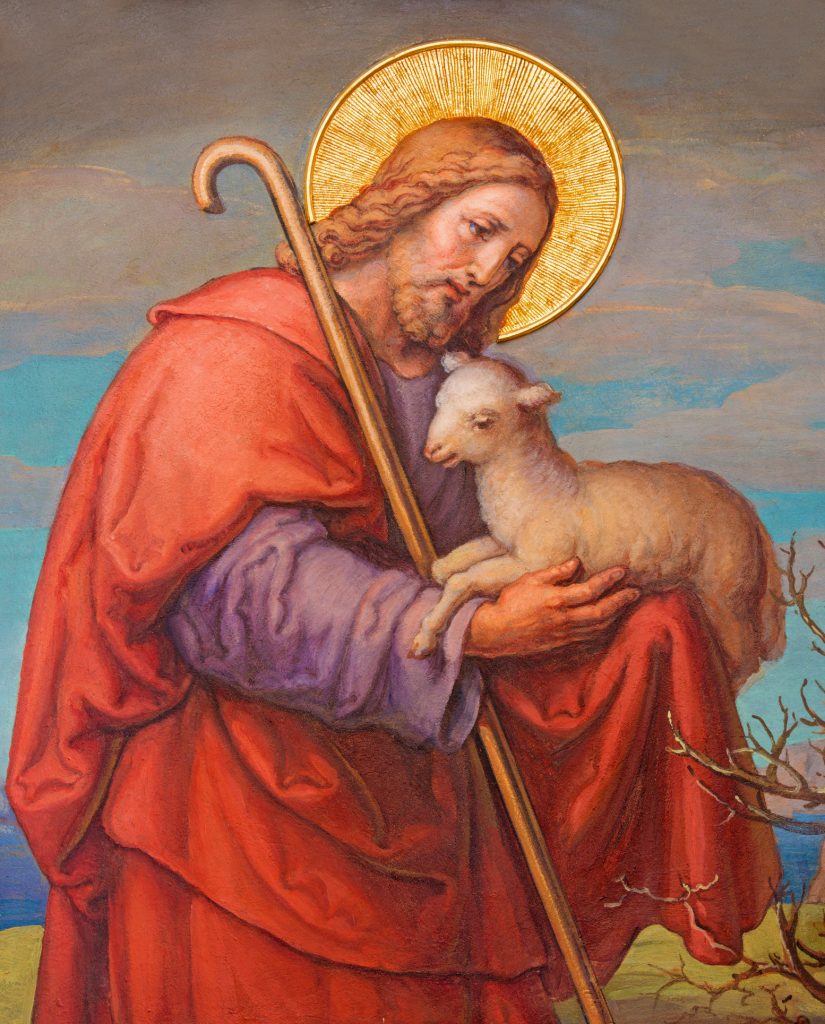Thy Name
The last part of the phrase “Hallowed be Thy Name” invokes the pathos of all ancient Israel. They worshiped a God whose name was so sacred that it could only be uttered once a year on the day of atonement by the High Priest who entered the Holy of Holies to make atonement for the sins of Israel as a nation. Although the pronunciation of the name of God has been lost to history, we know the letters YHWH of His Name which has been Angelized to sound like “Yaweh”.
There are 7 basic names for God in the Old Testament:
- YHWH
- El
- Eloah
- Elohim
- El Shaddai
- Tzevaot
- Jah[i]
YHWH has a verbal root that means “I am” or when God told Moses His Name, He said, “I am that I am.” Thus God set Himself apart from all the dead gods of the heathen nations that were worshipped by means of lifeless idols and figurines. He is a living God. Jesus himself, declared His Godship by using the verbal form of the name of God in the Old Testament, saying “I am”.
During prayers or readings from the Torah, the name of God YHWH is not pronounced but Adonai is substituted as if it were the original word. But lately, orthodox Jews have begun to avoid pronouncing even Adonai and use Hashem instead.
In the scriptures of the Restoration, the prophet Joseph Smith hears the voice of God at the dedication of the Kirtland temple declaring, “even the voice of Jehovah, saying: I am the first and the last; I am he who liveth, I am he who was slain; I am your advocate with the Father”[ii]
HaShem or in Hebrew “The Name” is a substitute meaning for the unutterable name of God. Frequently used in modern times instead of Adonai, it has become a figure of speech like Baruch Hashem, or “Thank God”. A more literal translation would be “Blessed be The Name (of God).” This is amazingly similar to the Lord’s Prayer, “Hallowed be thy name.”
El as a name for God is used in many nations anciently. It is composed of two characters or pictographic letters in paleo Hebrew. The first letter is the first letter of the alphabet in Hebrew, aleph. It is the picture of an ox head, with ancient meanings of a strong and mighty leader. The second letter is L, or lamed in Hebrew.[iii] It is the picture of a shepherd’s staff. So putting the two picture letter meanings together anciently would create El, their God, whose own name describes a strong and mighty leader who guides his people gently with a shepherd’s staff and acts like an ancient Semitic shepherd who is always kind to his sheep and protects them, nourishes them, and sacrifices his life to defend them against wolves.
This ancient pictographic paleo Hebrew interpretation of El
also matches what Jesus said about himself, since He was the God of the Old
Testament or El. He was the shepherd who would lay his life down for the sheep.
He was gentle and kind to the people of his day and ferocious to the wicked kings
and religious leaders of his day, like a shepherd defending his sheep from the
lions of prey.
[i] https://en.wikipedia.org/wiki/Names_of_God_in_Judaism
[ii] D&C 110:3-4
[iii] https://www.hebrew4christians.com/Grammar/Unit_One/Pictograms/pictograms.html

Vienna, Austria – February 17, 2014: Vienna – Fresco of Jesus as good shepherd by Josef Kastner from end of 19. cent. in Carmelites church in Dobling.
